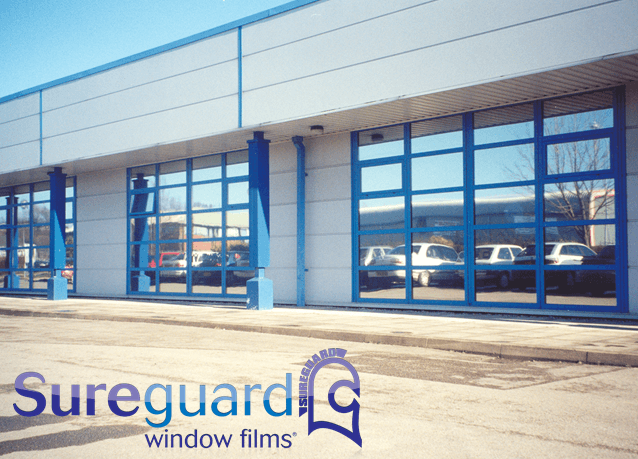Have a 1930's house which has UFH. The raised + vented wooden floors were replaced by an insulated concrete pad, and this works very well.
Last winter we had external wall insulation (EWI) fitted, and this has been a bit of a game changer in regards to keeping the house warm in the winter.
But the recent hot weather has shown that it is also very hard to get the heat OUT of the house. So if windows are left uncovered, the heat soon builds up... and, thanks to the great insulation, the heat stays...
We have UPVC double-glazing which is reaching end of life, so this could be replaced with solar glass or triple glazing(?) for the south-facing part of the house. This will solve the problem in the bedrooms, but we also have large south-facing patio doors which are usually left open when the kids are around.
I could install an aircon system to cover the main living area, which is where most of the problem seems to be. This would be set up to only run when the doors are shut.
Anything else we could consider? Have to say, it annoys me no end that the ASHP that we have for heating and hot water cannot have cooling activated without writing off the remaining RHI payments.
Last winter we had external wall insulation (EWI) fitted, and this has been a bit of a game changer in regards to keeping the house warm in the winter.
But the recent hot weather has shown that it is also very hard to get the heat OUT of the house. So if windows are left uncovered, the heat soon builds up... and, thanks to the great insulation, the heat stays...
We have UPVC double-glazing which is reaching end of life, so this could be replaced with solar glass or triple glazing(?) for the south-facing part of the house. This will solve the problem in the bedrooms, but we also have large south-facing patio doors which are usually left open when the kids are around.
I could install an aircon system to cover the main living area, which is where most of the problem seems to be. This would be set up to only run when the doors are shut.
Anything else we could consider? Have to say, it annoys me no end that the ASHP that we have for heating and hot water cannot have cooling activated without writing off the remaining RHI payments.







